Maliy pr. V. O., 62/2, liter A, St. Petersburg, Russian Federation, 199178
Vibrating cone mill VCM 10
|
INDUSTRIES
|
APPLICATIONS Ferroalloys, ore, coal, slag, ceramics, glass, limestone, soda, smalt, diatomaceous earth.
|
CHARACTERISTICS
|
TECHNOLOGICAL PARAMETRES |
|
| Average product particle size at minimum gap, mm | 70-100 |
| Product particle size at minimum gap, mm | 90%<250 |
| Maximum initial material grain size, mm* | 10 |
| Mohs hardness of crushed material, up to | 7 |
| Output, kg/hour* | 1-35 |
| TECHNICAL PARAMETRES | |
| Loading door dimension, mm | Ø129 |
| Crushing zone loading door dimension, mm | Ø62 |
| Discharge slot adjustment range, mm | 0-10 |
| 50 Hz supply voltage, V | 380 |
| Electric motor power, kW | 1,5 |
| Leading debalance speed, rpm | 1750; 2400; 3000 |
| Overall dimensions (Length x Width x Height), mm | 480х250х420 |
|
Weight/weight with control panel, kg |
65/ 70 |
| Cones material – tool steel | 105WCr6 |
| Cones hardness, HRC | 55-62 |
|
Control panel model |
* Depends on the physical properties of the material and the gap between cones
ADVANTAGES
|
QUALITY SPARE PARTS The inner and outer shells are made of tool steel. The saddle of the driven debalance is made of bronze. |
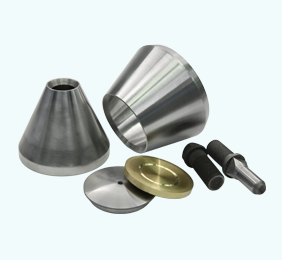 |
DESCRIPTION OF THE DEVICE
Ask a Question












.png)




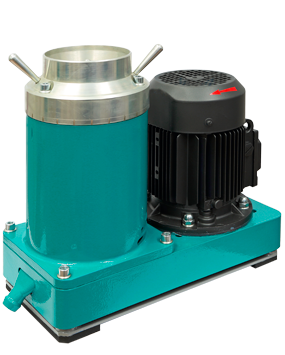
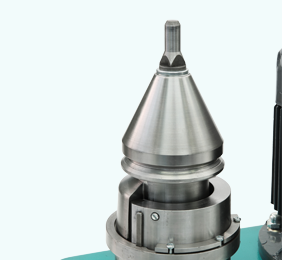
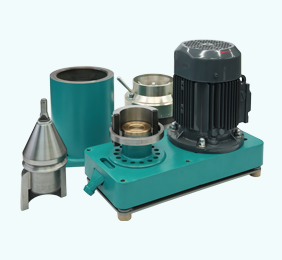
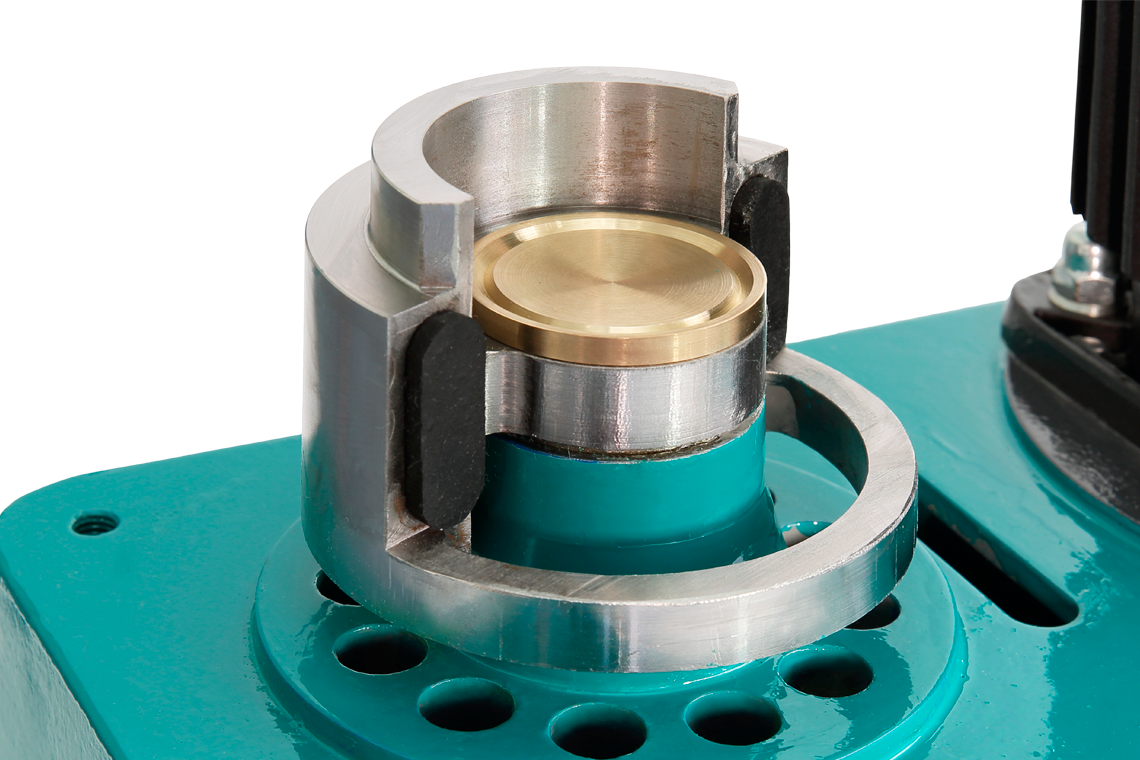
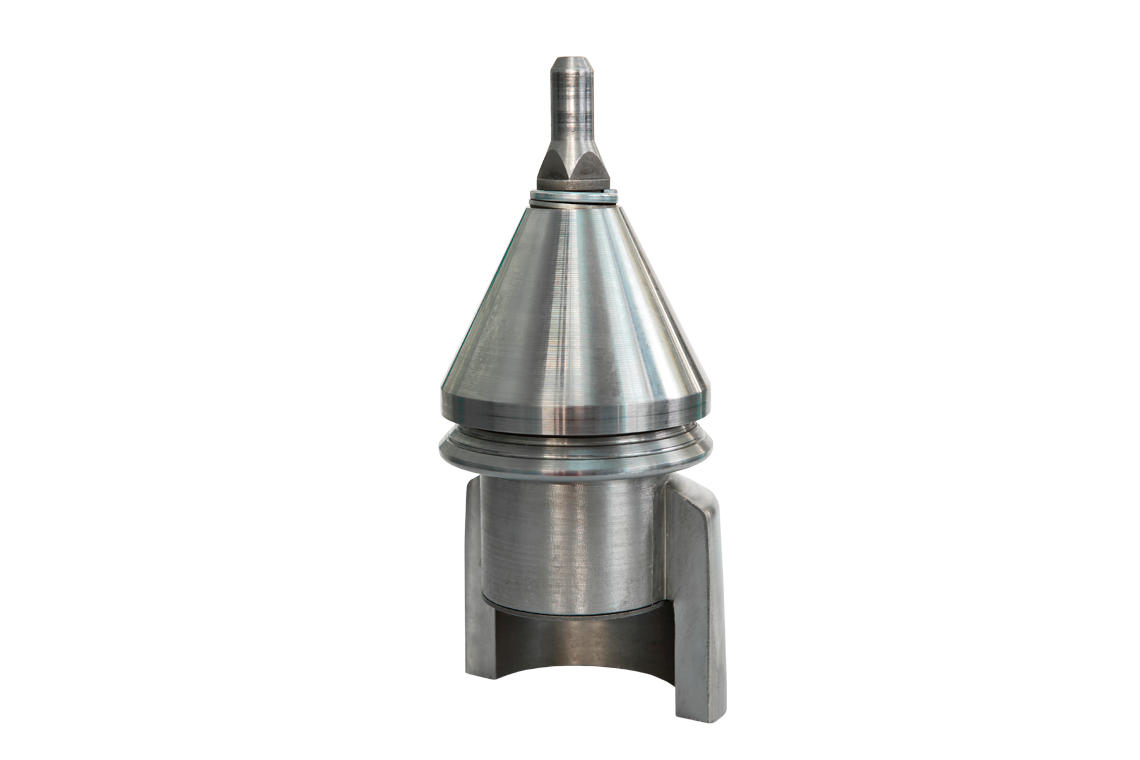
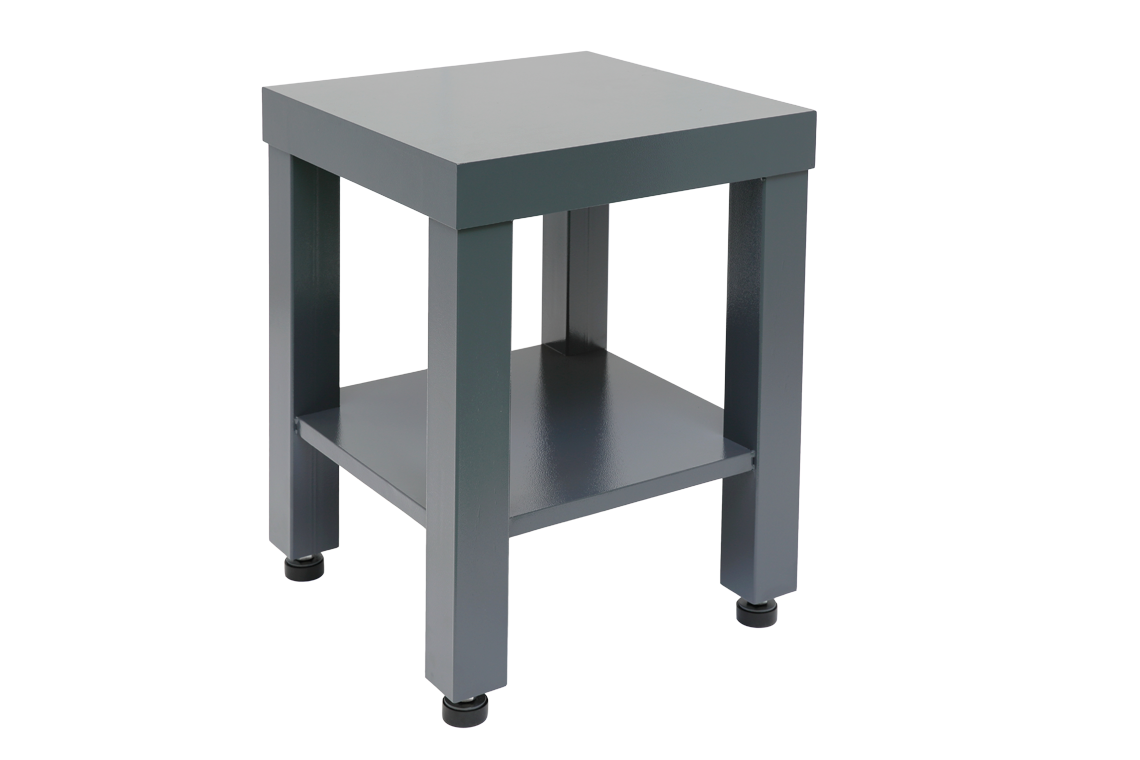
.png)